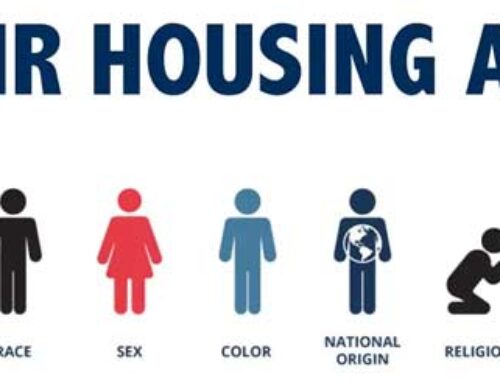Feb 21, 2023

Of all the tax breaks available, the home office tax deduction is among the murkiest and most misunderstood. And the passage of the 2017 Tax Cuts and Jobs Act has made things even more complicated.
So if you work at home, what should you do? Allow us to explain exactly who can take the home office tax deduction these days—and who can’t—as well as how to do it right. Here’s what you need to know before filing this year.
Who can claim the home office tax deduction?
We’ve got some good news and bad news. The bad news: In years past, if you worked for a company (and received a W-2) but worked from home occasionally or full-time, you could claim a home office tax deduction. But not anymore.
There is a major change to the home office deduction: It is no longer available for company employees,” says Bill Abel, tax manager at Sensiba San Filippo in Boulder, CO. “This has many remote employees frustrated.”
But there is a ray of hope for these W-2 telecommuters. You could see if your employer will allow you to change your work status from an employee to an independent contractor (also discuss this option with a tax adviser), which would allow you to continue taking this deduction. Consider the pros and cons of such a move beyond just the tax benefits, however.
Another small loophole also exists, if your employer is willing to play along: Just ask your employer to set up what’s called an “accountable plan.”
For example, instead of being paid $100,000, your employer could pay you $95,000 in wages plus a $5,000 home office expense reimbursement, making your salary the same—while saving you more on taxes.
The good news: If you’re one of the 40 million or so people out there who are self-employed—from business owners to bloggers—you can still continue to take this deduction.
How to take a home office deduction if you’re self-employed
If you’re self-employed, you have every right to take a home office tax deduction, but that’s not to say it’s easy.
In a nutshell, you’ll be writing off part of your home expenses on your tax return by separating out the costs associated with using your home for personal purposes (making pancakes) and business (answering work email).
To claim the deduction, an area of your home has to be designated as your principal place of business, and—the clincher—used exclusively for work. Everything in that designated space needs to be only for work purposes.
What makes an office an office?
To be clear, that room you work in, which doubles as a guest room when Mom visits, won’t pass muster, even if you spend 40 hours a week there, says Abby Eisenkraft, a financial expert and author of “101 Ways to Stay Off the IRS Radar.” So if you really want to do things right, have Mom sleep on the couch!
If, say, your desk is parked in a corner of your bedroom or part of an open floor plan, simply measure the space you use for your office, whether or not there are walls.
The key is that the area must be used only by you, just for work—not to peck out personal email. To make that delineation easier, you can even put up a physical barrier like a partition or shelves.
And according to the IRS, an office can also be a “separate free-standing structure, such as a studio, garage, or barn.”
How to claim a home office tax deduction
The IRS offers two ways to calculate a home office tax deduction—one simple, the other a bit more involved, says Jeff Morris, accounting partner at Nathaniel Jacobson, serving Maryland and Washington, DC.
The simple method: Figure out the square footage of your home that you use for business purposes. Each square foot you use for work is worth $5, and you can claim up to 300 square feet, for a maximum annual claim of $1,500, says Morris.
The complicated method: Track all the costs of your home (think maintenance, insurance, repairs, utilities, etc.) and depreciation (normal wear and tear).
Next, separate and allocate those expenses based on the percentage of the home you use solely for business purposes. So if your office space breaks down to 10% of your home’s total square footage, you can deduct 10% of your home costs—which could add up to a sizable chunk of change. The key to using this deduction is keeping careful records.
Isn’t the home office tax deduction a red flag for an audit?
Nope. In fact, the IRS simplified its method of measuring out your office space to take the audit scare out of the home office tax deduction.
“This might surprise some people, given the fear of an audit that the home office deduction used to strike in the hearts of many taxpayers,” says Morris.
The reality is that the deduction is becoming increasingly common, and it doesn’t make a taxpayer any more susceptible to an audit than any other deduction a small-business owner may take.
Source- https://www.realtor.com/advice/finance/how-to-take-a-home-office-tax-deduction-work-from-home/






